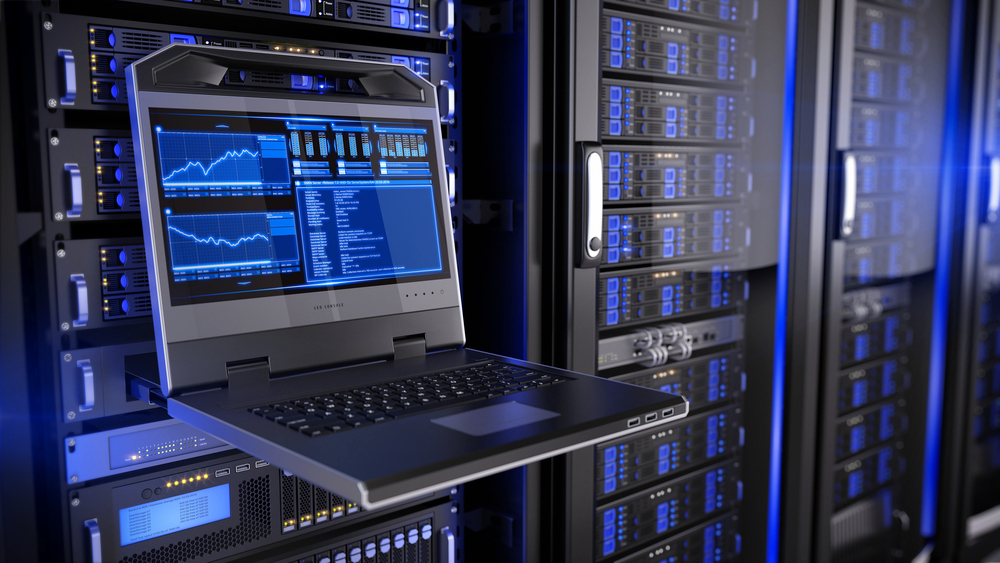There’s frequent talk about the critical role a modern chief financial officer plays in advancing a company’s digital transformation (DX). Regardless of sector or company size, a CFO cannot avoid technological advance and the changes to computing hardware (and software) that come with it.
But what exactly is a digital CFO and what does being digital mean from the perspective of IT asset management (ITAM)? How can CFOs embrace DX in a way that is both commercially progressive and fiscally sustainable? And how does a CFO develop a sustainable approach to hardware lifecycle management that advances DX and that the IT team will respect and trust?
Develop Your IT Asset Management Expertise
At a high level, IT asset management (ITAM) is the practice by which an organization manages its IT assets through the entire lifecycle from procurement and deployment to disposal. As a CFO, aim to develop a high level of visibility into your company’s ITAM programs. Questions to ask include:
- Who has senior responsibility in your organization for IT asset management?
- Where is your ITAM framework documented and what is the process for updating it? How are IT assets tracked from procurement to retirement?
- What is your company’s policy on refresh cycles and how is this reflected in your IT asset management protocols? Are your processes sufficiently clear to ensure the most appropriate hardware is being earmarked for retirement?
- What are your company’s methods for aligning purchase volumes with operational needs?
Ask additional questions around the level of value recovery you are securing from your retiring or excess hardware. How is recovered value from your hardware being represented in your company’s financial modeling?
Understand Your Spending on Data Center Hardware
Data center hardware represents an expanding line item for most companies these days, even those busy deploying resources to the cloud. Aggregate spend on data center hardware continues to increase as companies push ahead with digital transformation.
As chief financial officer, understanding the hardware landscape and how this maps to the increasing digitization of your business is critical. Questions to bear in mind as you analyze your company’s IT hardware management include:
- Is the average selling price increasing on the equipment your company is purchasing? If so, do you understand why and do you have a process in place to recover value from the hardware once it is no longer needed?
- What’s your strategy on retrofitting existing data centers compared with building new capacity?
- What’s your IT team’s approach to open source hardware as market share for open hardware equipment grows?
Don’t forget about hardware-as-a-service. The big technology vendors and cloud service providers are increasingly offering on-premise solutions that don’t require purchase of equipment.
Are You Getting Enough out of Your Existing Hardware?
When it comes to IT management it’s easy to fall into a cycle of constant spending, but you will be surprised at the extent of the resources your organization already has at its disposal.
As CFO, what are the questions you should be asking your IT function around the utilization of existing hardware? Some queries to keep in mind as you review existing capabilities include:
- Are you leveraging the performance data of your deployed hardware to gain future buying insights?
- How are you using excess inventory data to help model a better understanding of your future needs?
- What is your company’s strategy for adopting NVMe, the super-fast interconnect protocol designed specifically for solid state drives in the enterprise? Are you able to monetize increased value and bottom-line impact from technologies such as NVMe that offer measurably increased computing capabilities?
- How much and what kind of data should your company store, and for what purpose? How long will you store it, where will you store it, and what are the associated costs? Are you deploying AI-driven solutions to optimize your available storage?
Your IT managers should have answers at the ready in these areas, together with roadmaps for implementing best practices.
Embracing Digital Transformation
Of course, when it comes to advancing your company’s strategy on digital transformation there will always be a push-and-pull between the hardware you already have and the allure of new equipment. As CFO, ensure that your company has clear, evidence-based policies around refresh cycles, supported by a budget for IT procurement that is both flexible and responsible.
Whether your company is deploying new equipment, decommissioning older hardware, or a combination of both, the greater a CFO is up-to-speed with strategic and practical best practices around hardware procurement, the stronger position your company will be in advancing its digital transformation.
For more information on getting the most out of your enterprise hardware, download our latest white paper on best practices around IT asset management from both the financial and environmental perspective.











